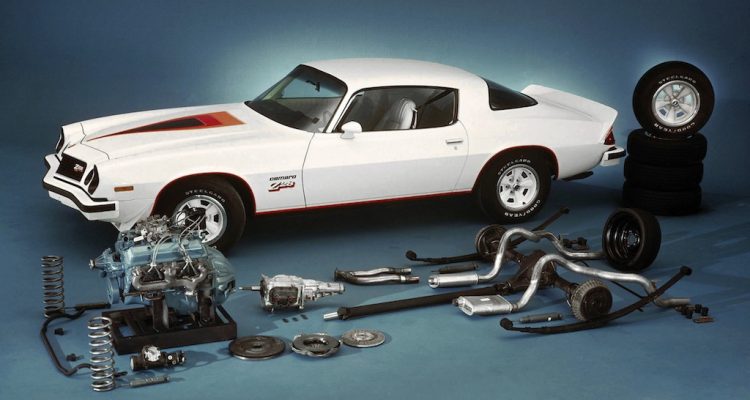Your car may be the most precious thing in your home, and you should always strive to keep it in top form to serve you for a more extended period. You can greatly extend the lifespan of your vehicle by following the tips outlined below.
Go Easy During Startup
Contrary to what most people believe, firing up your car on startup does not help in warming it up. In fact, this is dangerous to your car’s engine which has little or no oil left on the moving parts after sitting being in the idle state for long hours.
It only takes few seconds after startup before the oil pump is adequate to lubricate your engine. It is advisable that you keep your engine’s rpm down to a minimum during the few seconds. You should give it at least one minute before you drive off.
Strictly Follow Your Vehicle’s Service Schedule
Most of the drivers do not pay attention to their vehicle’s maintenance schedule. Even if your car has a robust ford racing crate engines, you need to strictly adhere to the maintenance schedule outlined in your vehicle’s manual.
Remember the fact that it is the manufacturer who built the cars and they know what is best for it. You should adhere to the oil change timelines and other maintenance practices to prolong the lifespan of your vehicle. Not following the schedule can lead to catastrophic mechanical problems.
Keep It Cool
The cooling system is critical for the proper functioning of your car engine. Maintaining the vehicle’s cooling system and proper coolant levels is vital to ensuring that the engine is well lubed which can save you a lot of money in repairs.
A default cooling system can result in the melting of even the best ford racing crate engines. Without a proper coolant system and poor maintenance of hose can lead to significant problems that can cost you a lot of money.
Check Your Car Fluids and Tire Pressure Regularly
The processing of checking your engine fluid and water levels take less than 10 minutes. Wait for the engine to cool down. With a rag in your hand, open the hood and gently pull out the oil dipstick. Wipe it clean and reinsert and pull it out again for a confirmation of your oil levels.
You should also be able to check the steering fluid level, brake cylinder reservoir and the radiator overflow reservoir. Don’t fail to check the hoses and the belts too for any signs of wear. For the tires, you can use a pressure gauge to make sure that each tire has the proper psi as stated in the manual.


